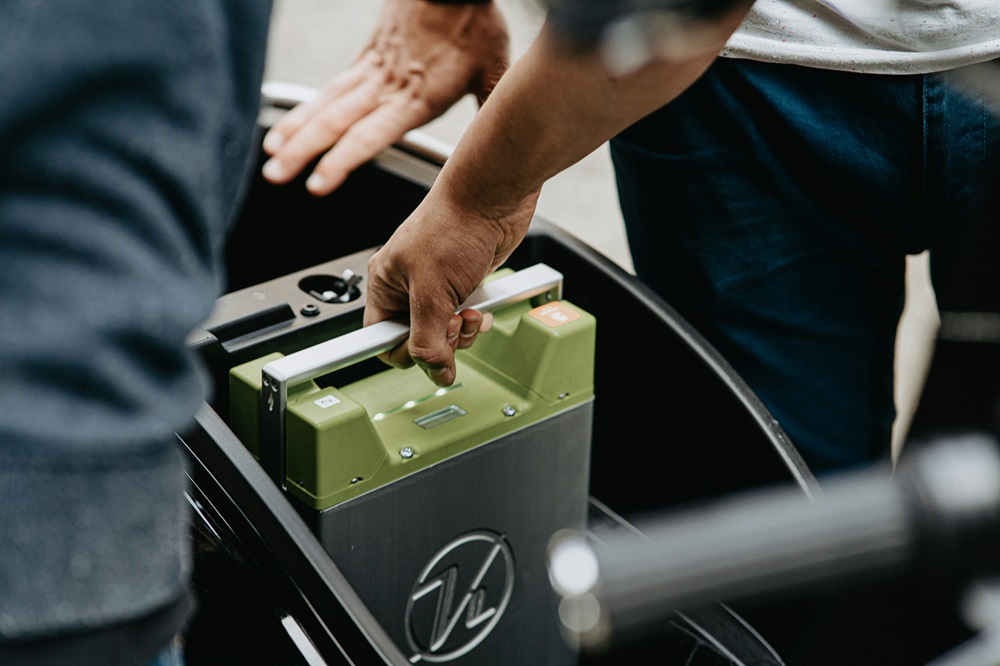Why BESS for Commercial & Industrial (C&I) Consumers is required in India?
The contribution of Variable Renewable Energy (VRE) in addressing peak demand has shown steady growth, with India experiencing a shift in demand patterns from predominantly high nighttime peaks in 2019 to more pronounced daytime peaks by 2024. This adjustment in demand and the increasing influence of VRE, particularly solar energy (the focus of this analysis), is clear between 2019 and 2024 in India. We have analyzed the peak demand and the residual load on a specific day in July of both 2019 and 2024, along with the amount of solar generation on that day, and its role in meeting the peak demand. The peak demand shaving has grown nearly 10 GW in a time-span of 5 years from 2019 to 2024.
Source: POSCO, CEA, eninrac research & analysis
The business case for energy storage is thus strong in the India especially if the focus is upon the C&I consumers. The evening peak shift also indicate greater C&I consumer off-take in daytime apart from a shift observed in the agricultural load patterns in the last 5 years. India has shown considerable growth in demand from C&I consumers and the off-take through open access route has been on the rise in past few years. But the concern through OA route has been the reliability of RTC power which can be addressed through more reliable battery energy storage systems (BESS). For behind-the-meter applications BESS can be adapted on wider scale as the cost of BESS systems have been going down despite the demand-fulfilment ratio (DFR) of 80%-90% being maintained. The use case of BESS for C&I consumers could be further enhanced due to lowering costs and the possibilities to reduce contracted demand from the distribution utilities thereby increasing their savings upon the demand charges in electricity bills. Furthermore, with growing RE capacity the increase in their utilization is anticipated in the country which can be best supported by ESS only.
Why can BESS be a game changer for C&I Consumers in India?
India has consistently seen the rise in power demand through 2019 to 2024 and interestingly despite the nighttime load shifts to daytime in 2024, the gap in the nighttime peak is whopping 41 GW. With the advent of electrification in the transportation mix the nighttime peak might rise faster than anticipated which may further put pressure on the must-run plants to run round-the-clock and thereby forcing the additions from fossil backed plants. This in turn shall lead to a cascading impact of low utilization of existing and upcoming renewable energies, amidst greening of the grid drive by GoI and higher contributions from fossil-based plants due to the lack of suitable energy storage systems whether standalone BESS, pumped hydro stations or any other form. The challenge is more prominent at nighttime when the evening ramp up is required at fast pace if the fossil plant is not under must run status, then acute power demand-supply gap can be witnessed which can be countered by energy storage systems aptly.
Source: POSCO, CEA, eninrac research & analysis
Moreover, with almost all the state’s where the manufacturing is on the rise the demand of power from C&I consumers are also rising consequently. Ideally, majority of these C&I consumers should have been grid connected by a shift is observed in the pattern with more C&I consumers preferring open access route from renewables at large due to savings and benefits of using green power. Particularly, the said route is gaining fast popularity among consumers in less than 10 MW size for which BESS solutions shall be ideal in behind-the-meter applications. For the BESS OEMs/developers the opportunity beckons in very large spectrum in states of Gujarat, Maharashtra, Tamil Nadu and Karnataka etc. Also, it is anticipated that the BESS would be suited for commercial and low voltage industrial consumers first and then gradually may see applications for the higher voltage industrial consumers.



